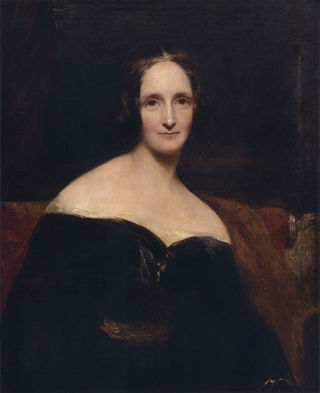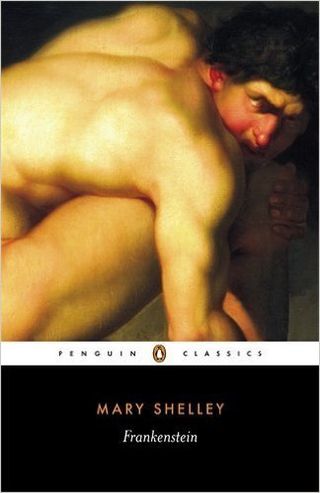Synesthesia
Frankenstein's Synesthesia
June marks the 200th anniversary of Mary Shelley's classic character
Posted June 21, 2016


Two hundred years ago, five brilliant young friends were gathered in a house overlooking Lake Geneva in Switzerland. A volcano had recently erupted in Indonesia—the largest explosion in recorded history at the time—casting a spooky sky and unseasonably cool temperatures as far as Europe. What better entertainment in this strange environment than to tell each other scary stories?
The friends included 18-year-old Mary Wollstonecraft Godwin, her lover and future husband, poet Percy Shelley, and Lord Byron.
Mary conjured a story of Dr. Victor Frankenstein and the man-monster he created, telling the others it had come to her in a waking dream. They were transfixed and Lord Byron encouraged her to write it down and sent it off to his publisher. Scholars say the Gothic classic was also likely inspired by the work of the German Conrad Dipple, an alchemist who experimented on human bodies.
Much to the delight of synesthetes everywhere, she gave Dr. Frankenstein's creation synesthesia:
“It is with considerable difficulty that I remember the original era of my being: all the events of that period appear confused and indistinct. A strange multiplicity of sensations seized me, and I saw, felt, heard, and smelt, at the same time; and it was, indeed, a long time before I learned to distinguish between the operations of my various senses."(Mary Shelley, Frankenstein or the Modern Prometheus, Chapter 11).
In 2007, Researchers Holcombe, A.O., Over, H. J., & Altschuler, E.L., wrote a fascinating paper for the Society of Neuroscience in San Diego pointing out that in bestowing her character with synesthesia at the beginning of his life, Mary Shelley's work predated modern research which theorizes synesthesia is present in all infants.
In "Old roots of a theory of synesthesia in Rousseau's Emile and Mary Shelley's Frankenstein," researchers said, "Although for most of us, the sensory modalities seem distinct and unconnected, synesthesia shows in a fascinating fashion that in some, at least, they are intertwined. The recent growth of synesthesia research has led to renewed interest in the hypothesis, articulated by Maurer and Maurer in 1988, that we all begin life as synesthetes; developmental pruning of neural connections eventually yielding more segregated senses.
"http://www.psych.usyd.edu.au/staff/alexh/research/history/Frankenstein…
Holcombe et al said that the idea has roots in the Age of Enlightenment. "Rousseau, describing his theory of development in 1762, hypothesized that if 'a child had at its birth the stature and strength of a man, that he had entered life full grown like Pallas from the brain of Jupiter... all his sensations would be united in one place, they would exist only in the common 'sensorium'.' Five decades later, Mary Shelley brought the idea into popular literature, with the humanlike creature of Frankenstein describing his birth..After so long ago inspiring both philosophy and literature, this idea is finally becoming testable, thanks to the rise of the neurosciences."
CNN recently did a fantastic piece about all the tourism associated with the 200-year anniversary here: http://www.cnn.com/2016/06/20/travel/on-the-trail-of-Frankenstein/
And thanks to synesthete and researcher Lidell Simpson for the following clip depicting the character's synesthesia:


